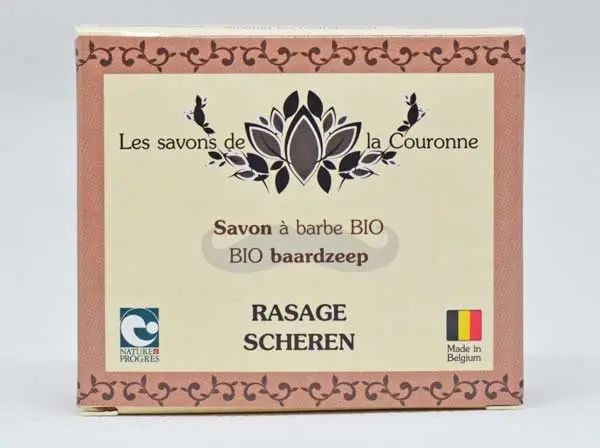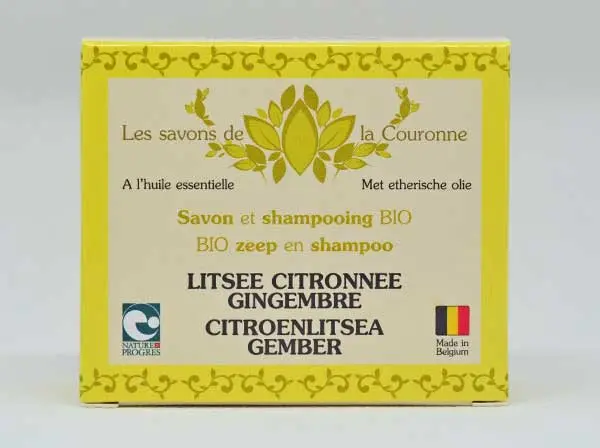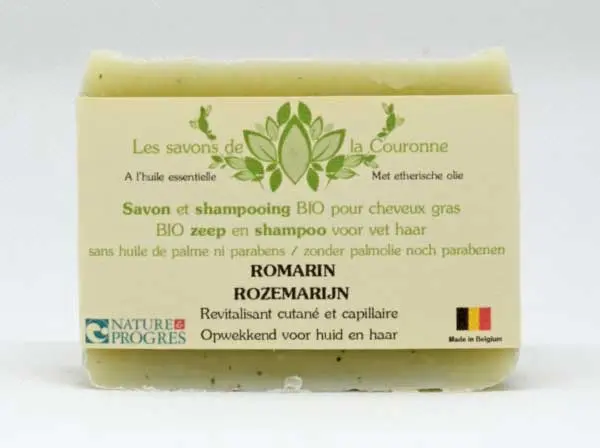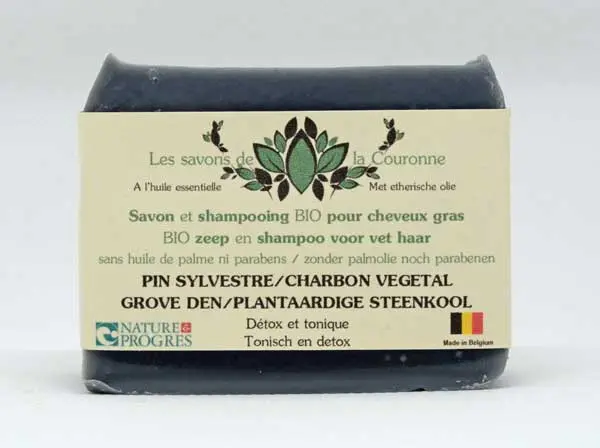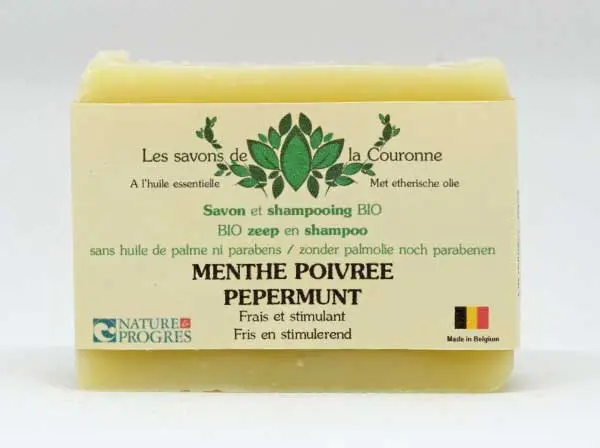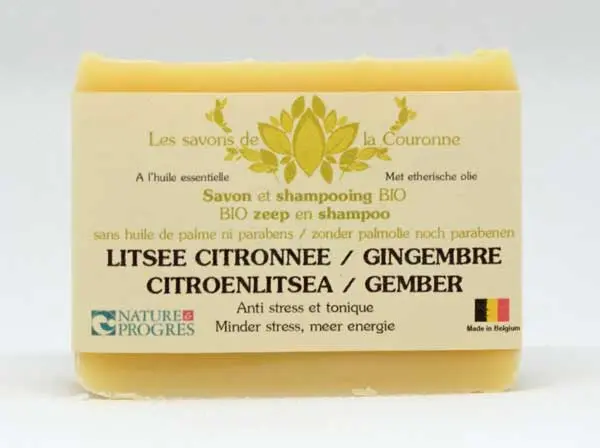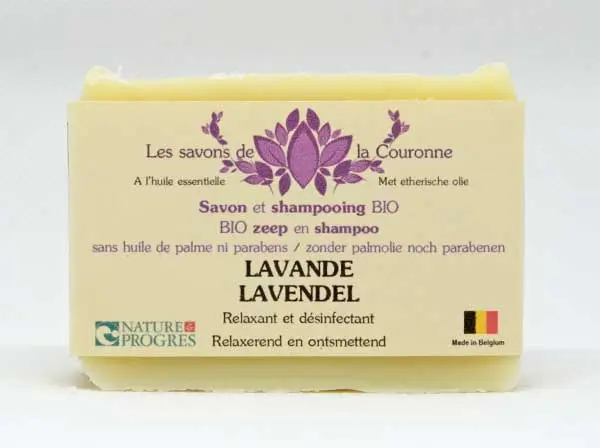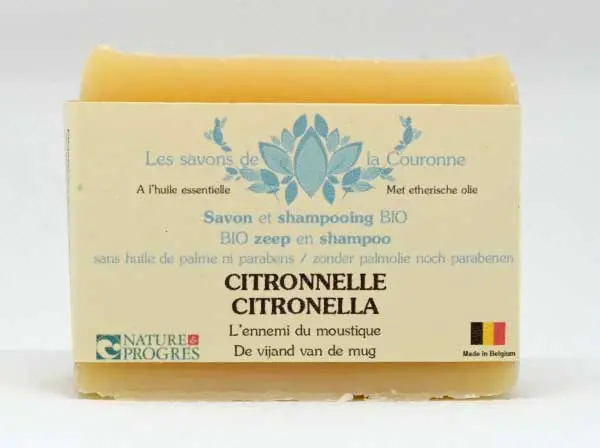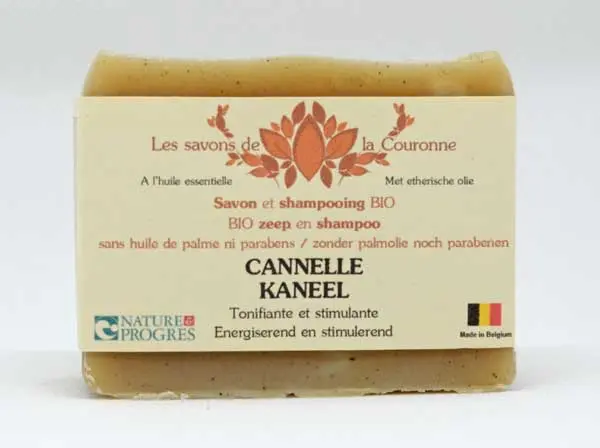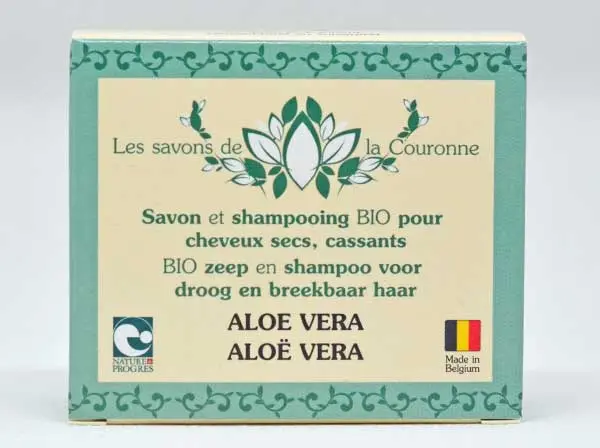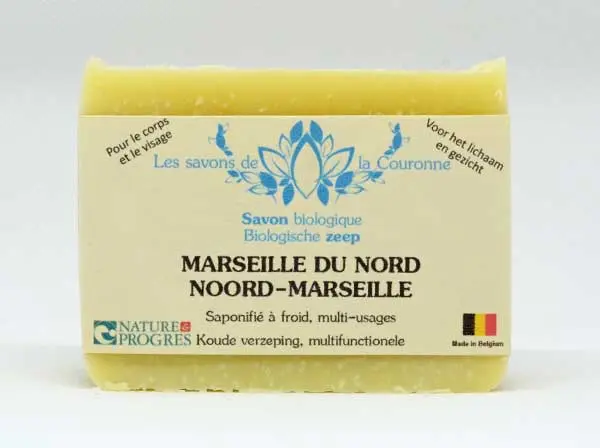It’s been 11 years since our artisanal soap workshop began, and we’ve never taken the time to explain the method we use to craft our soaps. It’s definitely time to fix that oversight 🙂
So, what is Cold Process Soap Making?
It’s simply a traditional method used to make soap in an artisanal way. It relies on the transformation of fats—such as vegetable oils and butters—into soap through the action of a strong base.
For solid soaps, sodium hydroxide (commonly known as lye) is used, while potassium hydroxide is used for liquid soaps.
An artisanal and natural method
Unlike industrial techniques, cold process soapmaking is a slow chemical reaction that takes place at room temperature, around 30 to 40 degrees Celsius. This exothermic reaction is triggered by the combination of fatty acids found in melted oils and fats with lye (sodium hydroxide).
The heat generated naturally helps the saponification process, which unfolds over roughly 48 hours.
Indeed, the reaction stops on its own when one of the reactants—either the lye or the oils—is fully consumed. To ensure the finished soap contains no remaining lye, some artisans add extra oil at the end of the process.
We prefer a different approach called lye discounting, which simply means using less lye from the start of the recipe. In both cases, the resulting soap is referred to as “superfatted”, meaning it contains a surplus of nourishing oils. This makes it gentler and more moisturizing than other types of soap.
Cold Process vs. Hot Process Soapmaking
Hot process soapmaking, by contrast, involves heating the mixture to high temperatures (around 120°C) to speed up the chemical reaction. This method leads to the loss of many of the beneficial properties of the raw ingredients.
Additionally, it requires extensive rinsing to remove residual lye—an approach that not only uses a significant amount of water but also strips away much of the natural glycerin, which is a valuable moisturizing agent.
On the other hand, hot process allows for a product that can be sold much more quickly—something that obviously appeals to time-conscious industrial manufacturers.

“No, Mary-Beth, that’s unthinkable. The shareholders wouldn’t survive it.”
Steps of Cold Process Soapmaking
- Melting and Cooling the Oils: solid oils and butters are first melted, then allowed to cool to room temperature. Meanwhile, the lye is carefully dissolved in water and left to cool as well. Once both mixtures are at the desired temperature, the lye is added to the oils.
- Reaching Trace: once the lye is incorporated, the mixture thickens—this stage is called the “trace”. At this point, additional ingredients like essential oils, clays, botanicals, or natural colorants can be added.
- Molding: the soap mixture is then poured into molds to harden. This initial curing phase takes around 48 hours, during which the saponification reaction continues.
- Curing: after being unmolded and cut, the soaps must cure for at least four weeks. This drying time allows excess water to evaporate and the pH level to stabilize—essential for a long-lasting, skin-friendly final product.
Benefits for the Skin
Preservation of Natural Glycerin
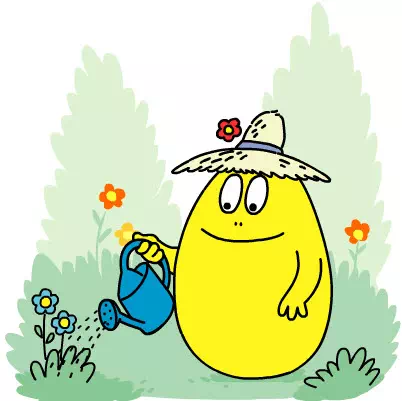
Natural glycerin, also known as glycerol, is an organic compound derived from oils and fats that forms naturally during the soapmaking process. It is a humectant, meaning it attracts and retains moisture, making it an excellent skin hydrator. It softens the skin, helps reduce dryness and irritation, and also promotes the healing of small wounds while soothing minor inflammation.
If you’d like to know more about this compound, feel free to check out its Wikipedia page.
Preservation of Oil Properties
Cold process soapmaking helps retain the beneficial properties of plant oils. Most of the oils we use are naturally rich in antioxidants (such as vitamins A and E) and possess antimicrobial or anti-inflammatory qualities.
As for essential oils, which are added at the end of the process, they offer a wide range of benefits as well. To learn more, we recommend visiting the page dedicated to each soap in which they are used.
Adaptation to Different Skin Types
Because they are particularly gentle and moisturizing, cold process soaps are minimally irritating, making them highly sought after by people with sensitive skin or those looking for delicate skincare.
Some varieties, such as Green Clay soap, are better suited for oily skin, while Carrot soap is more appropriate for mature skin.
Environmental Benefits of Cold Process Soapmaking
Low-Energy Manufacturing Process
Unlike industrial methods that require high energy consumption to heat mixtures and refine products, cold process soapmaking relies on a natural chemical reaction at room temperature. This significantly reduces the carbon footprint of each soap produced.
Use of Natural and Biodegradable Ingredients
Cold process soaps are made primarily with natural ingredients and—at least in our case—almost exclusively organic ones. They are biodegradable, meaning they break down quickly without polluting the environment. This makes them perfectly suited for camping trips or scout camps (though it’s still better to pour the rinse water into grass rather than into a nearby river, as biodegradation isn’t instantaneous).
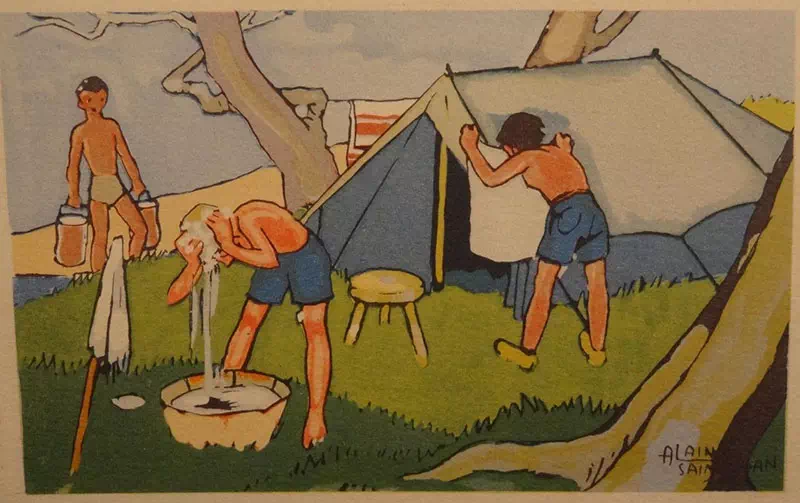
Longevity and Circular Economy
A cold process soap generally lasts longer than an industrial soap because it is denser and contains no fillers. This durability, combined with local and artisanal production, supports a circular economy where products are designed to be environmentally friendly from production to end of life.
In Conclusion
We hope this short article has helped you better understand cold process soapmaking and convinced you to try our soaps.
Feel free to explore our full range—your skin will thank you.
